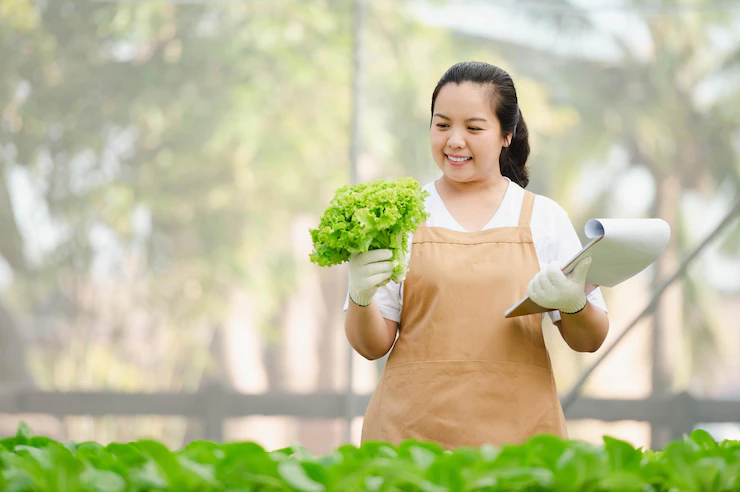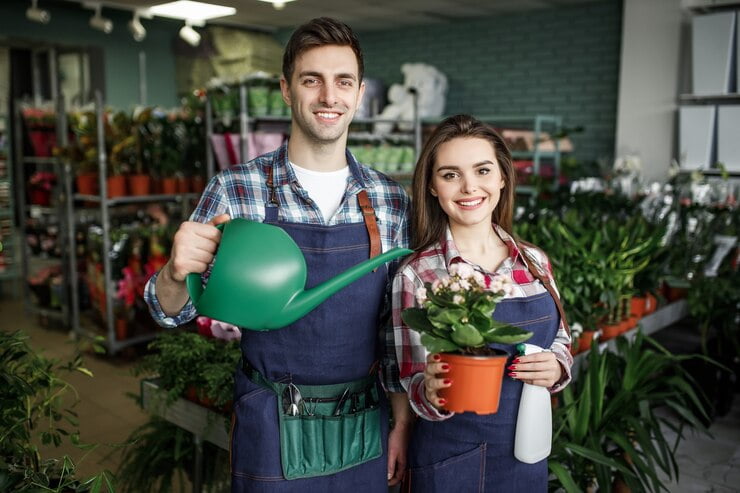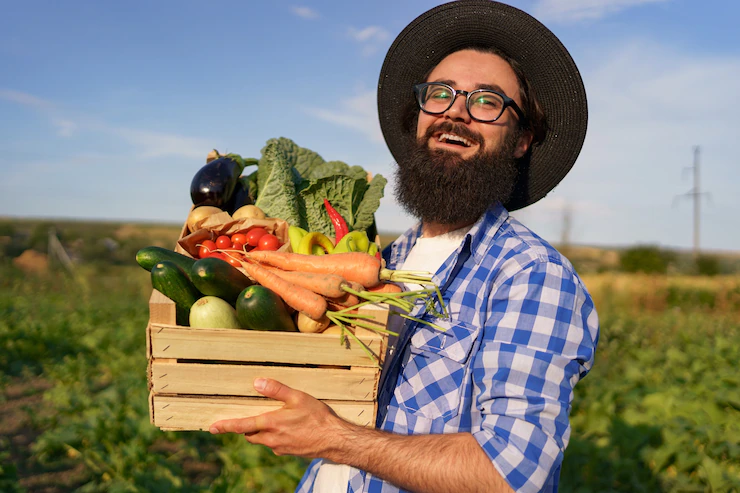There’s nothing more rewarding than a backyard filled with homegrown produce. Imagine walking into your garden every day to pick the freshest beans, carrots, zucchini, peas, lettuce, and more.
You get to rest assured knowing that the food on your table is free from harmful chemicals and genetic modifications. Apart from the fresh and delectable taste, homegrown vegetables are easier on your wallet too.
But building a vegetable garden isn’t as simple as throwing a handful of seeds in your backyard. You need to germinate the seeds before planting them in your garden. Also, you must have a clear idea of the water, soil, and sunlight preferences of individual plants. Another key factor to consider is the use of suitable grow bags and containers for your plants which can provide the necessary drainage, aeration, and root space for healthy growth.
Then there’s the issue of protecting your plants from adverse weather conditions, pests, insects, rodents, etc.
But the most crucial aspect of growing vegetables in your garden is to harvest your produce at the right time. If you wait too long to harvest, you might end up with overripe produce that’s lost its flavor and nutritional value.
On the other hand, harvesting too early means you don’t get to enjoy an abundance of fresh vegetables. Apart from timing, you need to consider various other factors, including the weather, before you start harvesting.
In this blog, we’ll discuss a few useful tips for harvesting produce from your garden. Let’s dive right in.
1. Take Notes Like a Pro

Unless you’re growing only one variety of a specific vegetable, you’ll have a tough time remembering when you germinated and planted each seed. Considering that every vegetable has a different harvesting schedule, you’ll struggle to anticipate the harvest season for each plant.
That’s why it is wiser to take extensive notes about what variety of seeds you’re using and when you’re planting them. Also, write down the expected time it’ll take for the produce to ripen.
These notes will come in handy when you reach harvest season and have to decide what vegetables to pick first. Also, they’ll help you determine whether your plants are growing as desired.
You could take things up a notch by outlining a harvesting schedule based on your notes. It’ll give you enough time to get the right harvesting tools and baskets before the vegetables ripen.
2. Watch the Weather
Once your plants reach harvest season, the sight of luscious tomatoes, beans, and eggplants will lure you. It’s difficult to resist the urge to pick them right away.
But before you lay your hands on any of the vegetables, it’s important to check the weather forecast. The last thing you want is to walk around in your garden during a spell of heavy rainfall.
Apart from getting your feet dirty, walking through a wet garden could also spread diseases to the plants. Also, if you accidentally bruise any vegetable while harvesting it, contact with rainwater will cause it to rot faster.
That’s why it is wiser to have a clear idea of the day’s weather before harvesting fresh produce. You could check the weather on this radar by Tomorrow to get an accurate and reliable hyperlocal forecast.
Apart from the current temperature, wind speed, and humidity levels, Tomorrow’s weather website also provides you with hourly temperature and precipitation breakdowns. That helps you better plan your harvesting schedule for the day.
3. Check Your Expectations

If this is your first growing vegetables in your backyard, it’s natural to assume that you’ll end up with products that look similar to what you get at the grocery store.
But here’s the thing – when vegetables are commercially produced, they’re often overfertilized and genetically modified to increase yield. Also, the use of fertilizers causes the produce to grow bigger than usual.
The veggies in your garden are never going to reach that kind of size or yield. And that’s fine. You simply have to set your expectations straight and start harvesting when the product is just ripe. Otherwise, you’ll end up with vegetables with inferior nutrient profiles and tastes.
For instance, homegrown broccoli heads will never grow as big as store-bought ones. Ideally, you should harvest them when the primary crown is roughly 4-inches tall.
Similarly, the best time to harvest green beans is when they’re about to reach the thickness of a pencil. On the other hand, once okra is about 4 inches long, letting it ripen further will cause pods to become chewy and tough.
In Conclusion
Growing your produce at home is more than a fun summer project. You must know the right techniques to maintain your vegetable garden. Also, you need to outline a harvesting schedule before your plants are laden with ripe veggies.
Read Also:





























All Comments
graliontorile
After research a few of the blog posts on your website now, and I truly like your approach of blogging. I bookmarked it to my bookmark web site list and will likely be checking back soon.